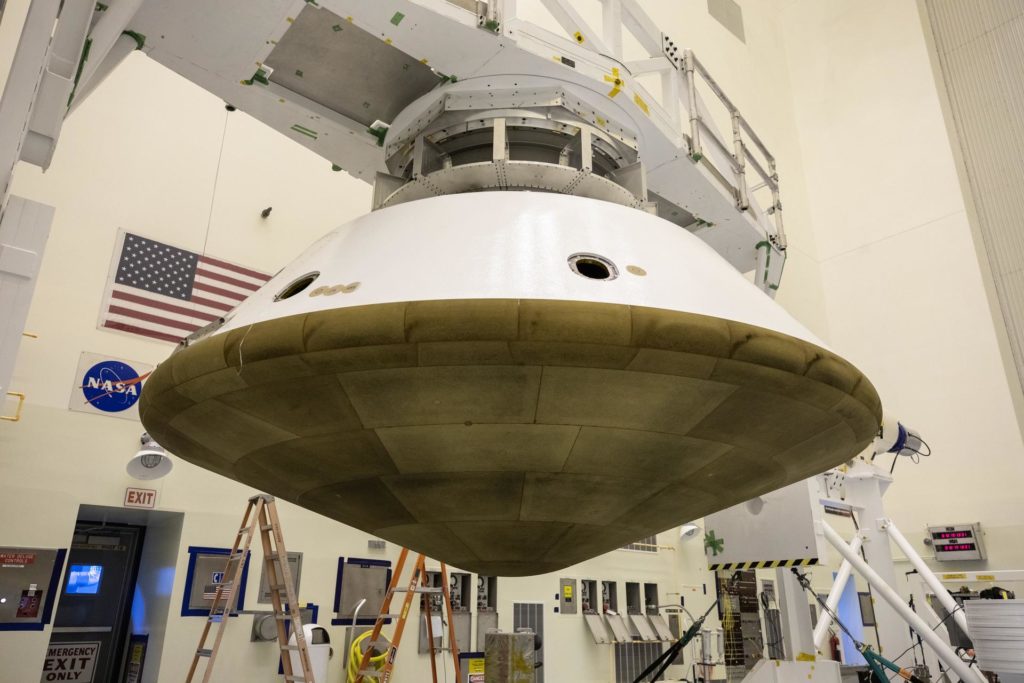When a spacecraft enters a planet’s atmosphere at high speeds, such as the atmospheres of Earth, Venus, or Mars, it experiences a lot of heat. This heat is caused by air resistance, or friction between air molecules and the surface of the spacecraft, and by a process called adiabatic heating, in which the spacecraft compresses the air in front of it as it travels. In other words, as the spaceship slows down, its kinetic energy is converted to heat energy in the atmosphere around it.
Heat shields work to protect the spacecraft by reflecting, absorbing, or redirecting heat. This is extremely important for any humans and temperature-sensitive equipment inside the spacecraft. For example, damage to the heat shield on the space shuttle Columbia led to the 2003 disaster that took the lives of seven astronauts. Because different materials have different abilities to absorb or reflect heat, some work better than others for heat shielding.
In this activity, you will design and test your own heat shield and determine which materials work best to protect a candy bar “spaceship”.
Start by watching the “How Do You Land on Mars?” video (left) to learn more about how a heat shield protected the Perseverance rover as it descended to the surface of Mars. You can also watch the other videos in the Mars in a Minute series to learn more about this mission.
Design and optimize a heat shield for a candy bar “spaceship”.
Phase 1: Plan
Phase 2: Build and Test
Phase 3: Analyze and Reflect

We have an outstanding team of partners supporting our mission, engaging students around the world in space-based education, and making space a place that’s accessible to anyone around the world. Keep in touch for exciting new updates!